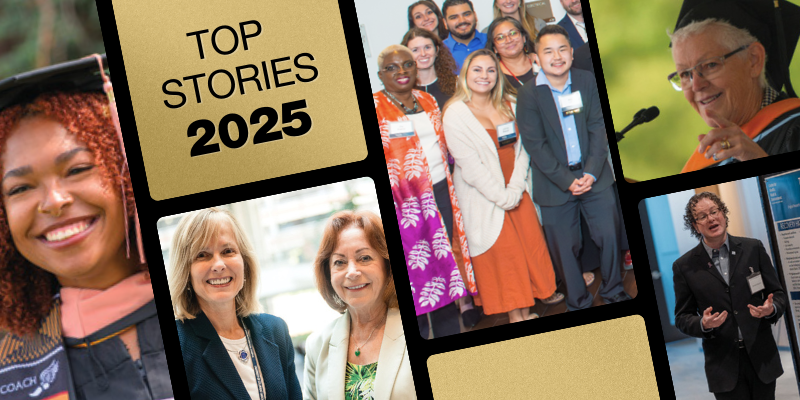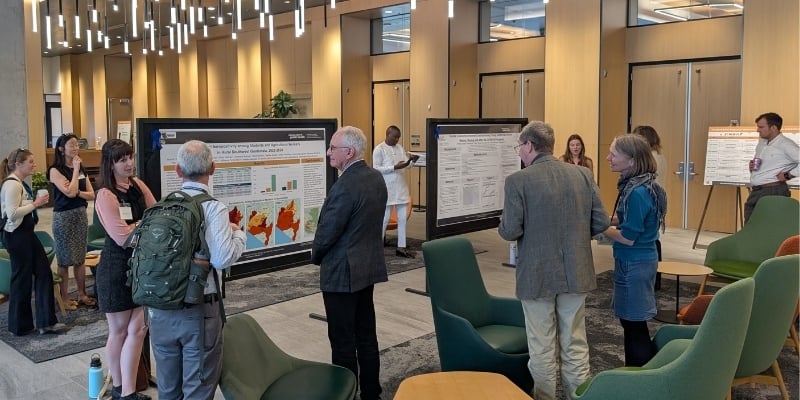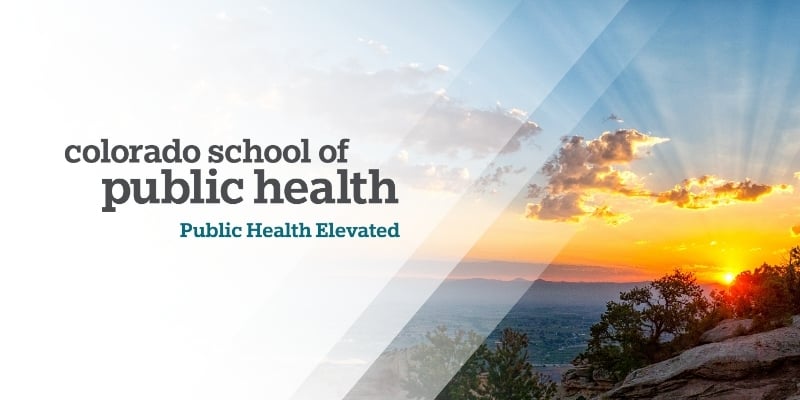Urban dwelling American Indian and Alaska Native older adults face multiple layers of challenges related to social determinants of health that present barriers to healthy eating. However, the social and cultural value placed on sharing and supporting one another within these communities can help improve healthy food access for older adults, according to a new study in the Journal of Nutrition Education and Behavior, published by Elsevier.
In an interview-based, qualitative research study, older American Indian and Alaska Native adults in Denver, Colorado were interviewed on their experiences with food insecurity and food insecurity mitigating resources in the greater Denver area.
"We collaborated with an urban American Indian clinic that had identified food insecurity as a priority area of interest to serve their older adult patients. They wanted to understand from their patients' perspectives, what resources already exist and how they can be improved, and specific challenges for older adults," said corresponding author Sarah A. Stotz, PhD, MS, RDN, CDE, Centers for American Indian and Alaska Native Health, Colorado School of Public Health, University of Colorado Anschutz Medical Campus, Aurora, CO, USA.
Findings from these interviews revealed four overarching themes: (1) hunger-mitigating resources exist but do not necessarily lessen food insecurity; (2) multiple layers of challenges related to social determinants of health present barriers to healthy nutrition for American Indian and Alaska Native older adults; (3) unique strengths and facilitators rooted in American Indian and Alaska Native culture can help decrease food insecurity; and (4) many clinic-based opportunities for programs to improve food security exist.
“One of the strengths of American Indian communities is the practice of sharing, whether it be actual resources like food or information,” Stotz said. “The dissemination of information in American Indian communities, or at least in this community in Denver, the cultural value of caring for one another, and the community-based approach to health and wellness are unique compared to the general public, and I think it’s something that should be considered when developing asset-based intervention and resources for these communities.”






